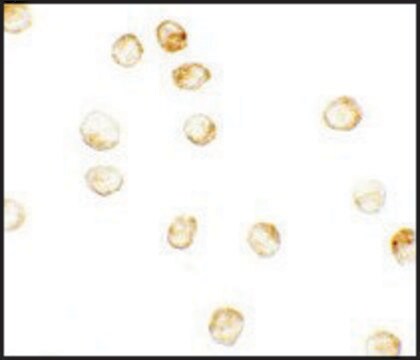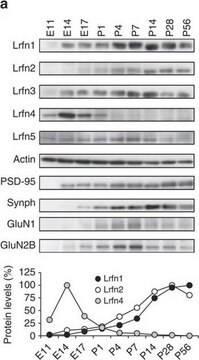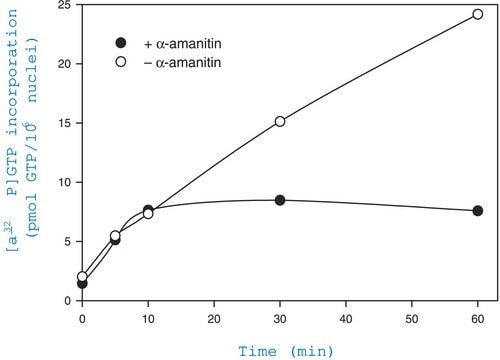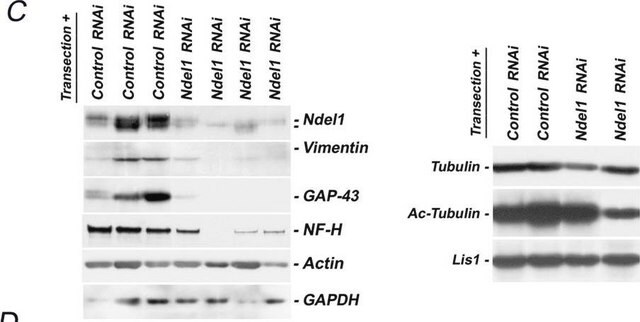07-1533
Anti-JMJD3 (NT) Antibody
from rabbit
Synonyme(s) :
JMJD, JmjC domain-containing protein 3, Jumonji domain-containing protein 3, Lysine demethylase 6B, jumonji domain containing 3, jumonji domain containing 3, histone lysine demethylase
About This Item
Produits recommandés
Source biologique
rabbit
Niveau de qualité
Forme d'anticorps
purified antibody
Type de produit anticorps
primary antibodies
Clone
polyclonal
Espèces réactives
mouse, human
Technique(s)
ELISA: suitable
immunocytochemistry: suitable
immunohistochemistry: suitable
western blot: suitable
Numéro d'accès NCBI
Numéro d'accès UniProt
Conditions d'expédition
wet ice
Modification post-traductionnelle de la cible
unmodified
Informations sur le gène
human ... KDM6B(23135)
Description générale
Spécificité
Immunogène
Application
This antibody is reported by an
outside laboratory to be suitable for ELISA.
Immunohistochemistry:
This antibody is reported by an outside laboratory to be suitable for immuno-histochemistry.
Immunocytochemistry Analysis:
Confocal immunofluorescence analysis of HeLa and NIH/3T3 using 1:100 dilution of anti-JMJD3 (N-Terminus) (Red). Actin filaments have been labeled with Alexa Fluor 488 -Phalloidin (Green).
Western Blot Analysis:
The antibody recognizes JMJD3 in HeLa cell lysates.
Epigenetics & Nuclear Function
Histone Modifying Proteins
Chromatin Biology
Qualité
Recognizes JMJD3 in HeLa, NIH 3T3, and A431 cells by cytochemistry (1:50 – 1:100 dilution).
Description de la cible
Forme physique
Stockage et stabilité
Handling Recommendations: Upon receipt, and prior to removing the cap, centrifuge the vial to pellet the solution. Avoid repeated freeze/thaw cycles, which may damage IgG and affect product performance.
Remarque sur l'analyse
HeLa cells
Autres remarques
Clause de non-responsabilité
Vous ne trouvez pas le bon produit ?
Essayez notre Outil de sélection de produits.
Code de la classe de stockage
10 - Combustible liquids
Classe de danger pour l'eau (WGK)
WGK 2
Point d'éclair (°F)
Not applicable
Point d'éclair (°C)
Not applicable
Certificats d'analyse (COA)
Recherchez un Certificats d'analyse (COA) en saisissant le numéro de lot du produit. Les numéros de lot figurent sur l'étiquette du produit après les mots "Lot" ou "Batch".
Déjà en possession de ce produit ?
Retrouvez la documentation relative aux produits que vous avez récemment achetés dans la Bibliothèque de documents.
Notre équipe de scientifiques dispose d'une expérience dans tous les secteurs de la recherche, notamment en sciences de la vie, science des matériaux, synthèse chimique, chromatographie, analyse et dans de nombreux autres domaines..
Contacter notre Service technique








